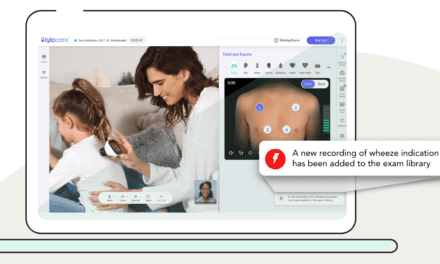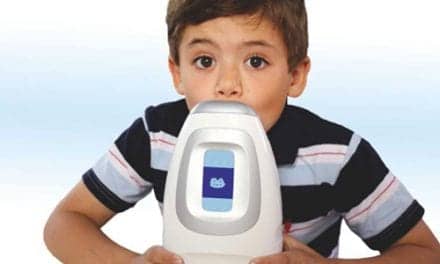 Back to Sleep
Back to Sleep
I read the article, “Sudden Infant Death Syndrome and African Americans” (June 2004). Donna Oliver-Freeman, RRT, and Roberta B. Hollander, PhD, MPH, did an excellent job on research and gave great insight to the article.
Sudden infant death syndrome (SIDS) has always been a subject of great interest to me. As a respiratory therapist, it is important that I stay apprised of SIDS so that I can better educate my facility and the community in which I live.
I had no idea that race played such a significant role in the contracting of SIDS. I also found the 1999 study of inner city parents to be quite disturbing. It is discouraging to know that 24% of the inner city population disagree with the recommendation to place infants on their backs to sleep.
I was encouraged that of the 80% of the inner city survey who had heard the Back to Sleep Campaign recommendation, most (72%) stated that they were told by a physician or nurse.
This informed me that there are concerned health care professionals doing their best to communicate vital SIDS information to the community.
I am also a health care educator. I hold the certification of ACLS-I, PALS-I, and BLS-IT. I agreed with the multiagency intervention of distributing brochures, posters, media messages, and videotapes; direct parental education; and education of health care providers.
We as health care professionals have to be vigilant in making the public more aware of SIDS, and what can be done to possibly prevent it.
Your article was very clear that, to date, there is no way to prevent SIDS but that with proper instruction there are steps that parents and caregivers can take to reduce the risk of SIDS. I hope that all health care professionals who read this article will be inspired and motivated to educate new mothers and parents of infants about steps to take to possibly prevent one more case of SIDS.
—Kenny Kimball, CRT
Staff Therapist
Baptist Regional Medical Center
Corbin, Ky
Air Travel
The article “Air Travel for Patients with Respiratory Disease” by John D. Zoidis, MD, (August 2004) concisely detailed the significant changes in cabin pressure (and resultant PIO2) that can occur in flight and the risk for hypoxemia faced by compromised patients during air travel.
To address this need in our patient population, the pulmonary diagnostics lab at the University of Pennsylvania Medical Center offers a procedure called a high altitude simulation test (HAST), the purpose of which is to simulate in-flight cabin conditions at 30,000 feet.
This is accomplished by having the patient breathe from a reservoir of 15% O2 (simulating FIO2 at 30,000 feet), while SpO2, EKG, and patient symptoms are monitored. A Borg scale can be used to quantify symptoms and the simulation ended at patient request or at the technologist’s judgment (EKG changes, dyspnea, tachypnea, or changes in level of consciousness). Serial EKGs are usually printed and reviewed.
Once SpO2 readings have stabilized and a nadir reached (usually in less than 15 minutes), the patient is asked to march in place imitating movement around the plane. After the SpO2 stabilizes, an arterial blood gas is obtained to verify PO2 and percent of O2 saturation. If results show “in flight” hypoxemia (PO2 <60; % O2 saturation <90), the procedure is repeated with O2 titrated proximal to the patient via a pulse dose apparatus. The same procedure is followed, and the liter flow used to maintain a safe percent O2 saturation and PO2 noted, and a prescription for “in flight” O2 with a specific liter flow is written by the pulmonary diagnostic service attending physician. The fact that the liter flow prescribed is based on an actual simulation of FIO2 at altitude and the resultant PO2 measured in the patient gives this procedure credence with almost all pulmonologists and airlines.
Typically, patients are referred by home physicians and pulmonologists and present with a history of disease advanced enough to suspect borderline pulmonary reserve (PO2 60 to 70 Torr on room air at sea level). Any patient fears concerning repeat arterial sticks (room air, HAST gas, then HAST gas and O2) are usually allayed when informed that we routinely anesthetize the puncture site with subcutaneous 2% lidocaine. Historically, it is rare that we can not obtain three specimens, and on the rare occasions that we can’t we can fall back on the pulse oximeter (providing a room air ABG establishes good correlation).
In summary, the HAST has proven itself valuable and has taken the guesswork and fear out of air travel for the respiratory compromised patients in our population.
—Richard O’Connell, RPFT
Clinical Specialist
Pulmonary Diagnostic Services
University of Pennsylvania Medical Center
Philadelphia










